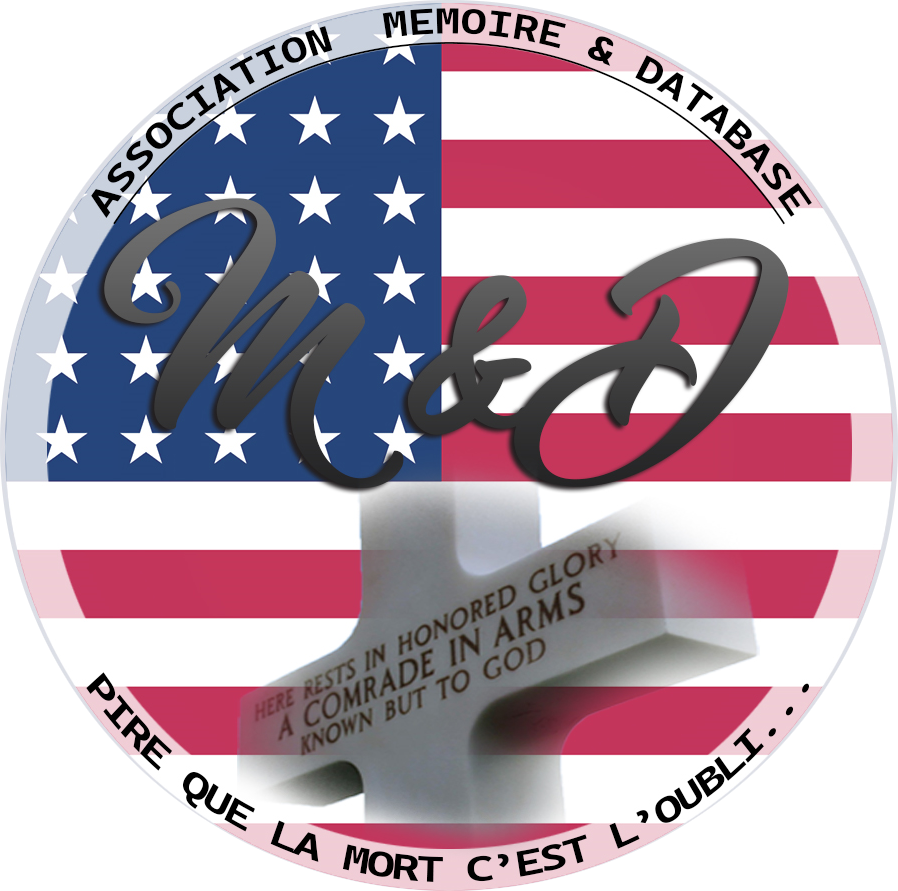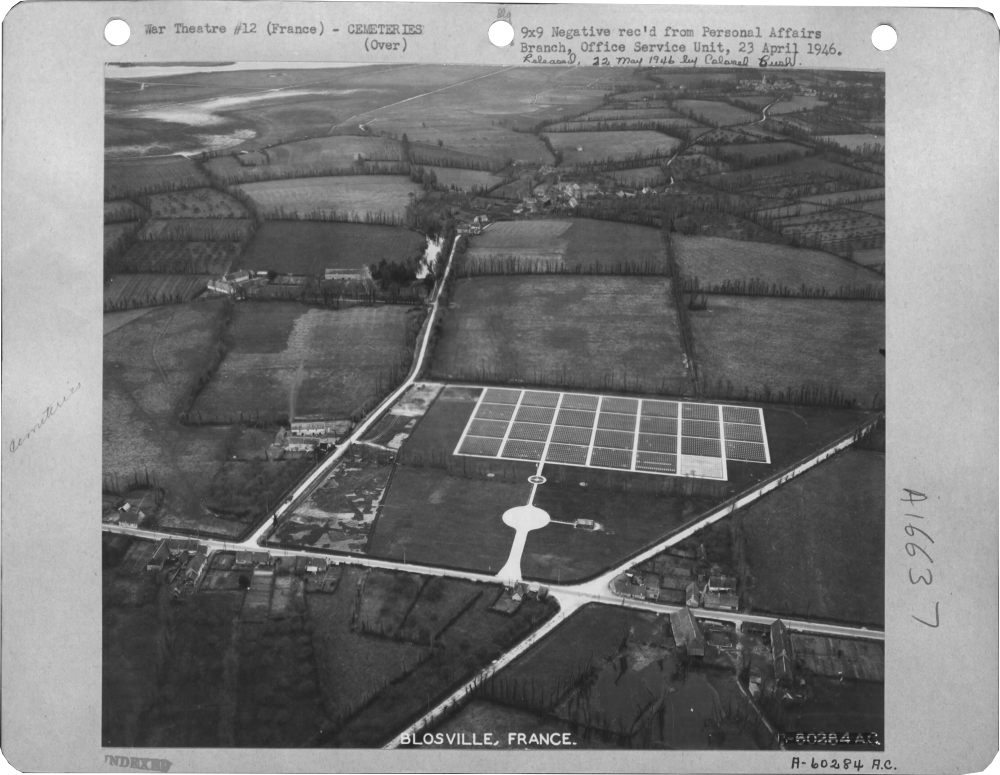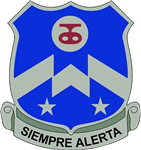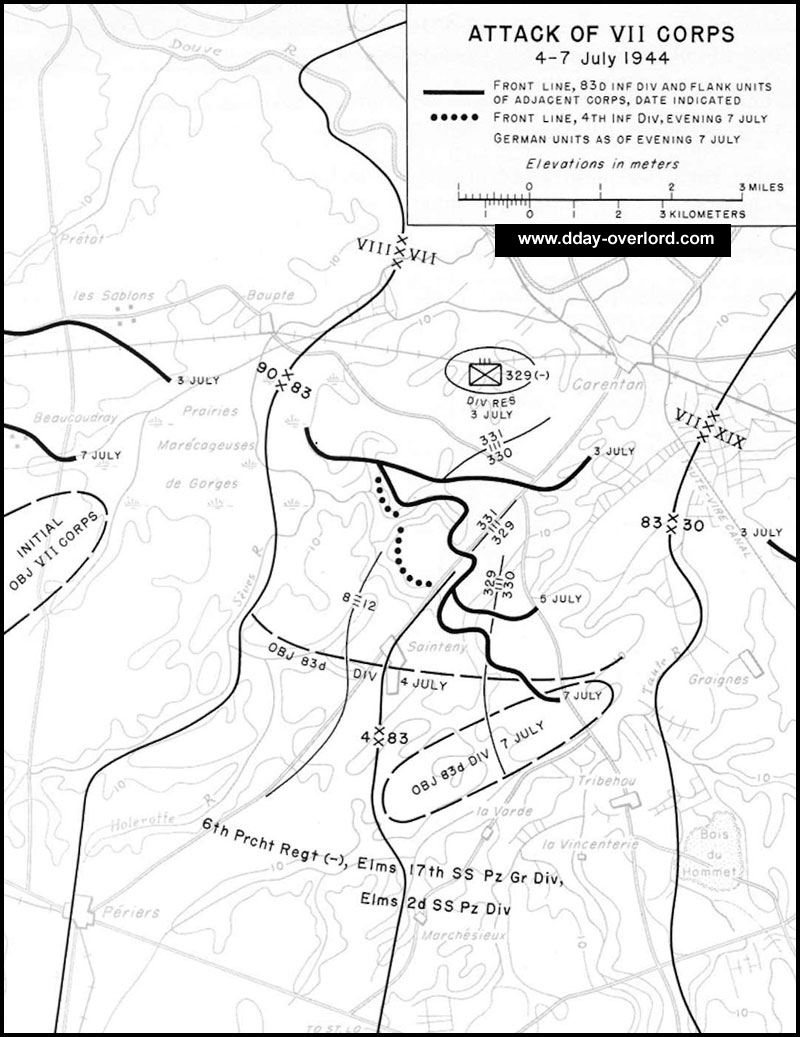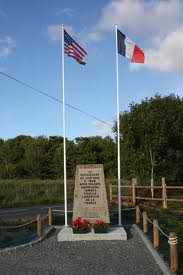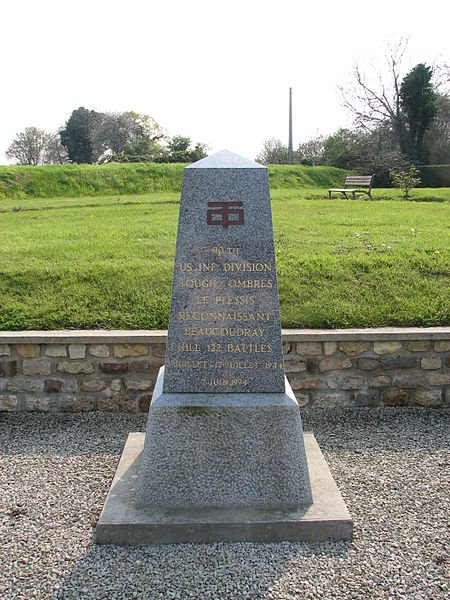|
Burl Rankin GRIFFITH
| ||||||||||||||||||||||||
|---|---|---|---|---|---|---|---|---|---|---|---|---|---|---|---|---|---|---|---|---|---|---|---|---|
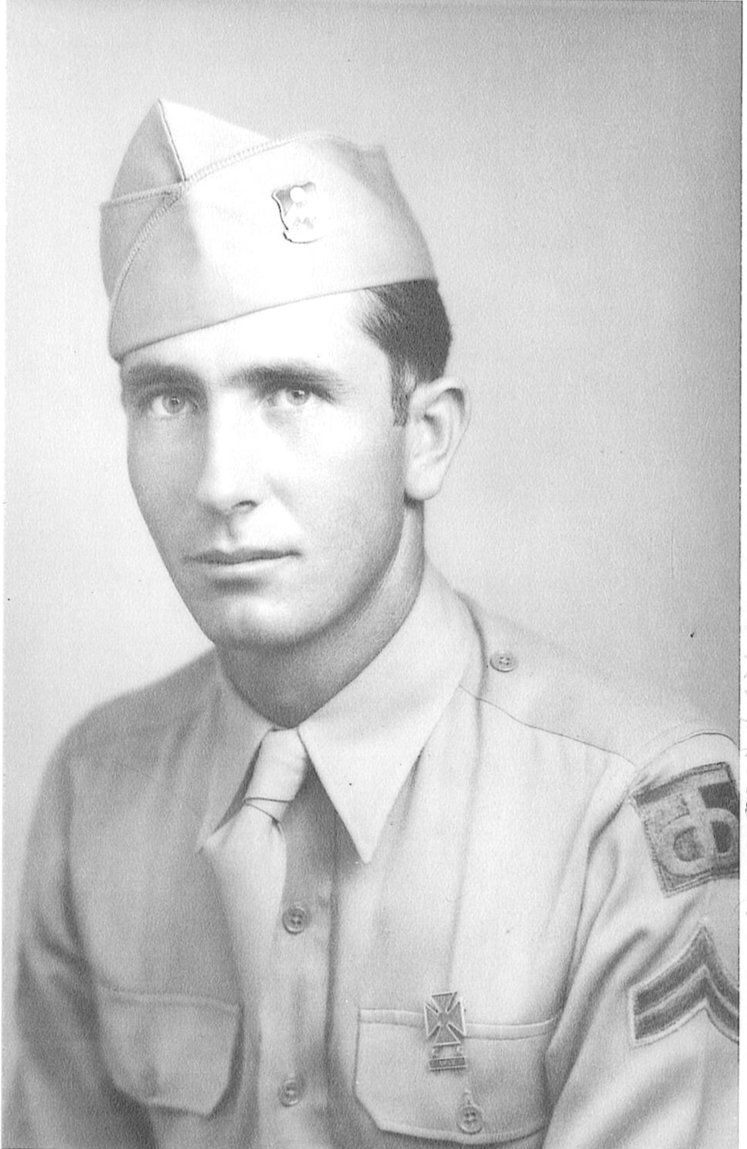 | ||||||||||||||||||||||||
| NUMBER OF SERVICE | 38146705 | |||||||||||||||||||||||
| AGE | 29 yo | |||||||||||||||||||||||
| DATE OF BIRTH | 4 March 1915 | |||||||||||||||||||||||
| ETAT | TEXAS | |||||||||||||||||||||||
| FAMILY |
Married Parents : David Garfield Griffith & Neva Thurmond GRIFFITH Siblings : Claudia Earlene, James Gwen, Audrey D, Nettie, Neva, Janice, Jean Ryle & Carl Roddy | |||||||||||||||||||||||
| RANK | Staff Sergeant | |||||||||||||||||||||||
| FONCTION | Infantry Man | |||||||||||||||||||||||
| JOB BEFORE ENLISTEMENT | Semiskilled chauffeurs and drivers, bus, taxi, truck, and tractor | 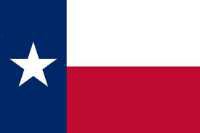 | ||||||||||||||||||||||
| DATE of ENLISTEMENT | 18 March 1942 Fort Sill OKLAHOMA | |||||||||||||||||||||||
| COMPANY | Company | |||||||||||||||||||||||
| REGIMENT | 357th Infantry Regiment | |||||||||||||||||||||||
| DIVISION | 90th Infantry Division | |||||||||||||||||||||||
| DATE OF DEATH | 7 July 1944 |  | ||||||||||||||||||||||
| STATUS | KIA | |||||||||||||||||||||||
| PLACE OF DEATH | Hill 122 Battle of Beau-Coudray, near Le Plessis-Lastelle | |||||||||||||||||||||||
| CEMETERY TEMPORARY |
CEMTERY TEMPORARY of Blosville N°3508
| |||||||||||||||||||||||
| CEMETERY | NORMANDY AMERICAN CEMETERY of Colleville | |||||||||||||||||||||||
| GRAVE |
| |||||||||||||||||||||||
| DECORATION |
| |||||||||||||||||||||||
| ||||||||||||||||||||||||
| STORY | ||||||||||||||||||||||||
by Chuck Griffith, Burl’s nephew. | ||||||||||||||||||||||||
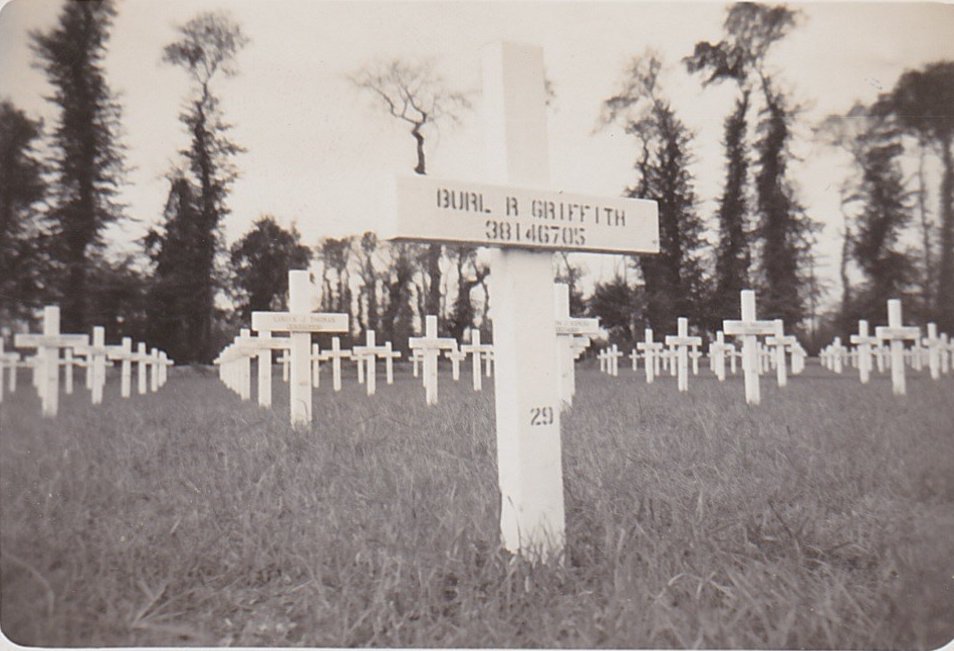 | ||||||||||||||||||||||||
|
My grandparents, who came from Texas, had 13 children and among them, Uncle Burl, born on March 2, 1915. During World War II, 4 brothers (including my father and my uncle) and a sister served their country. Burl was the only one out of the five to die in action. A brother and a sister are still alive today but their health is very fragile. We are all from Munday, Texas, a small famring tows 200 miles North-West away from Dallas. Burl enlisted in 1942 and was assigned to the 90th Infantry Division, 357th Regiment, 3rd Battalion, Company L.
Like most of the first soldiers of the 90th Division, they trained for almost two years before embarking for the invasion in France, in spring 1944. His unit arrived at Utah Beach on June8 (D-Day + two days) and fought during 30 days around Périers.
The Company L (my uncle’s) has lost almost 200 men out of 240, as a result of wounds and death. On July 6, the Germans had isolated the Companies I and L from the Hill 122 with artillery shots. My uncle was killed on July 7, in the morning (of artillery shots). A monument for the 90th Company stands 100 meters East away from the church, in memory of the soldiers deceased in Beau Coudray. Through the Association of the 90th, that still holds annual meetings, I met and talked several times to, I believe so, the only soldier of the Company L who survived and who is still alive today. His name is Ray Hopper and was one of those who were captured in the afternoon of July 7. He provided me lots of detailed information about the facts occurred during the few days before my uncle’s death and Roy’s capture. According to my uncles and aunts, my grandmother was still devastated by uncle Burl’s loss. Our family thought that it would be better for her and for my uncle as well if he was buried with his brothers of arms in Normandy. | ||||||||||||||||||||||||
Activated/Activé |
Normandy/Normandie |
| 25 Mar 1942 | Days of Combat/Jour de Combat 308 |
| Casualties/Victimes 19 200 | |
Entered Combat/Entré au combat |
|
| 9 Jun 1944 Normandy | |
|
Commanding Generals/Commandants généraux Maj. Gen. Henry Terrell, Jr. (Mar 42 - Jan 44) |
Campaigns/CampagnesNormandy (6 Jun 44 - 24 Jul 44)
|
PLAN DE ROUTE DE LA CAMPAGNE - CAMPAIGN ROUTE MAP |
|
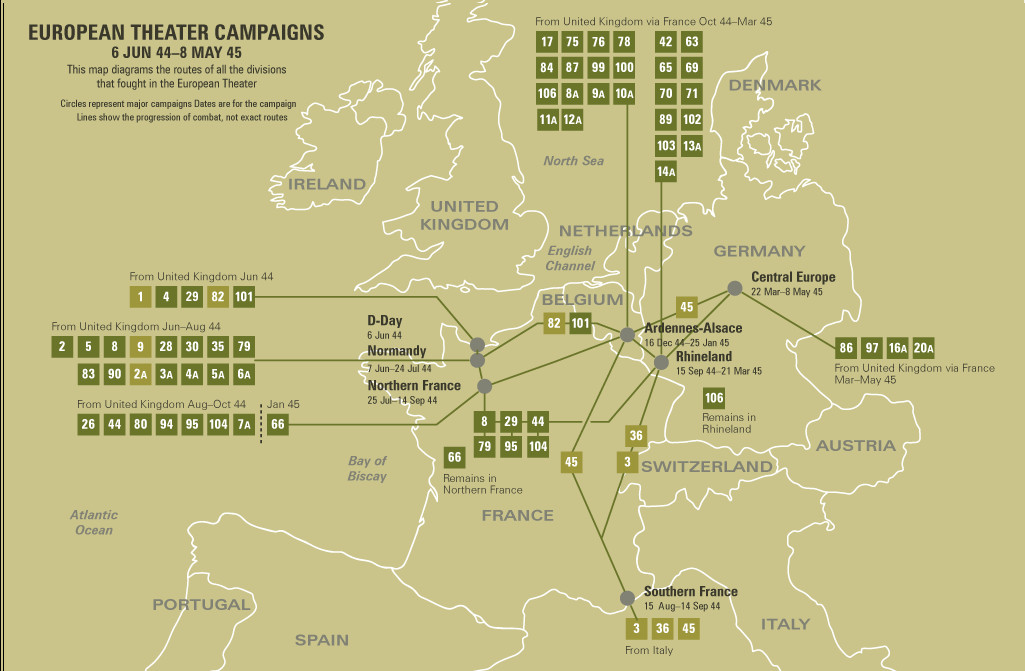 |
|
DIVISION CHRONICLEThe 90th Infantry Division landed in England, 5 April 1944, and trained from 10 April to 4 June. First elements of the Division saw action on Dday, 6 June, on Utah Beach, Normandy, the remainder entering combat, 10 June, cutting across the Merderet River to take Pont l'Abbe in heavy fighting. After defensive action along the Douve, the Division attacked to clear the Foret de Mont Castre, clearing it by 11 July, in spite of fierce resistance. An attack on the island of Seves failing, 23 July, the 90th bypassed it and took Periers, 27 July. On 12 August, the Division drove across the Sarthe River, north and east of Le Mans, and took part in the closing of the Falaise Gap, taking Chambois, 19 August. It then raced across France, through Verdun, 6 September, to participate in the siege of Metz, 14 September - 19 November, capturing Maizieres les Metz, 30 October, and crossing the Moselle at Koenigsmacker, 9 November. On. 6 December 1944, the Division pushed across the Saar and established a bridgehead north of Saarlautern, 618 December, but with the outbreak of the Von Rundstedt drive, withdrew to the west bank on 19 December, and went on the defensive until 5 January 1945, when it shifted to the scene of the Ardennes struggle. It drove across the Our, near Oberhausen, 29 January, to establish and expand a bridgehead. In February, the Division smashed through Siegfried fortifications to the Prum River. After a short rest, the 90th continued across the Moselle to take Mainz, 22 March, and crossed the Rhine, the Main, and the Werra in rapid succession. Pursuit continued to the Czech border, 18 April 1945, and into the Sudeten hills. The Division was en route to Prague when the war in Europe ended.
|
CHRONIQUE DE DIVISIONLa 90th Infantry Division débarque en Angleterre le 5 avril 1944 et s'entraîne du 10 avril au 4 juin. Les premiers éléments de la Division ont combattu le 6 juin à Utah Beach, en Normandie, le reste étant entré en combat, le 10 juin, traversant la rivière Merderet pour prendre Pont l'Abbe dans de violents combats. Après une action défensive le long de la Douve, la Division attaqua la Foret de Mont Castre, la défrichant le 11 juillet, malgré une résistance féroce. Une attaque sur l'île de Seves échoua, le 23 juillet, le 90ème la contourna et s'empara de Periers, le 27 juillet. Le 12 août, la Division traverse la Sarthe, au nord et à l'est du Mans, et prend part à la fermeture du Falaise Gap en prenant Chambois le 19 août. Il a ensuite couru à travers la France, à travers Verdun, le 6 septembre, pour participer au siège de Metz, 14 septembre - 19 novembre, capturant Maizières les Metz, le 30 octobre, et traversant la Moselle à Koenigsmacker, le 9 novembre. Sur. Le 6 décembre 1944, la division traverse la Sarre et établit une tête de pont au nord de Saarlautern, 618 décembre, mais avec le déclenchement de la promenade Von Rundstedt, se retire sur la rive ouest le 19 décembre et continue la défensive jusqu'au 5 janvier 1945, quand il s'est déplacé sur la scène de la lutte ardennaise. Il a traversé l'Our, près d'Oberhausen, le 29 janvier, pour établir et agrandir une tête de pont. En février, la Division a défoncé les fortifications de Siegfried jusqu'à la rivière Prum. Après un court repos, le 90e a continué à travers la Moselle pour prendre Mainz, 22 mars, et a traversé le Rhin, le Main et le Werra dans la succession rapide. Pursuit a continué à la frontière tchèque, le 18 avril 1945, et dans les collines des Sudètes. La division était en route pour Prague quand la guerre en Europe a fini. |
| SOURCE INFORMATION & PHOTO | Armydivs.squarespace.com |
|---|
| SOURCE INFORMATION & PHOTO | Aad.archives.gov - Abmc.gov - Findagrave.com - Findagrave.com - |
|---|---|
| PROGRAMMER | Henri, Garrett, Clive, Frédéric & Renaud |


